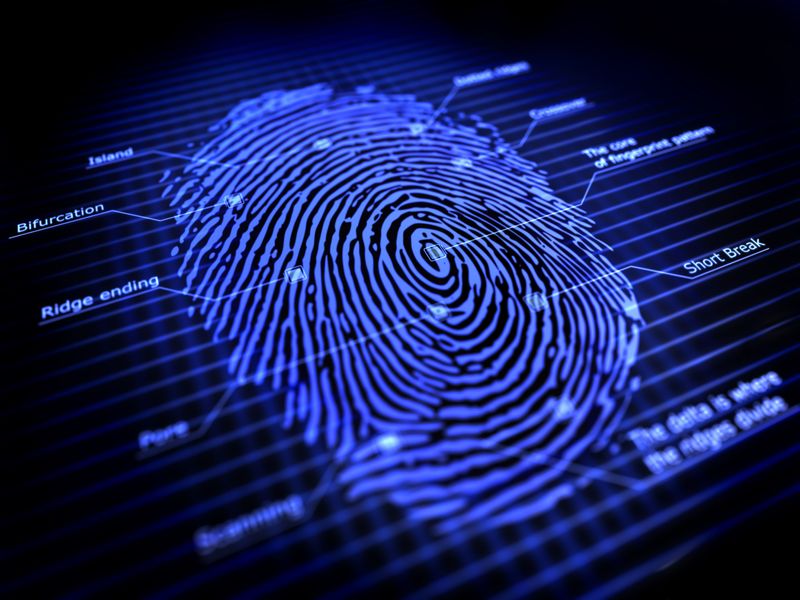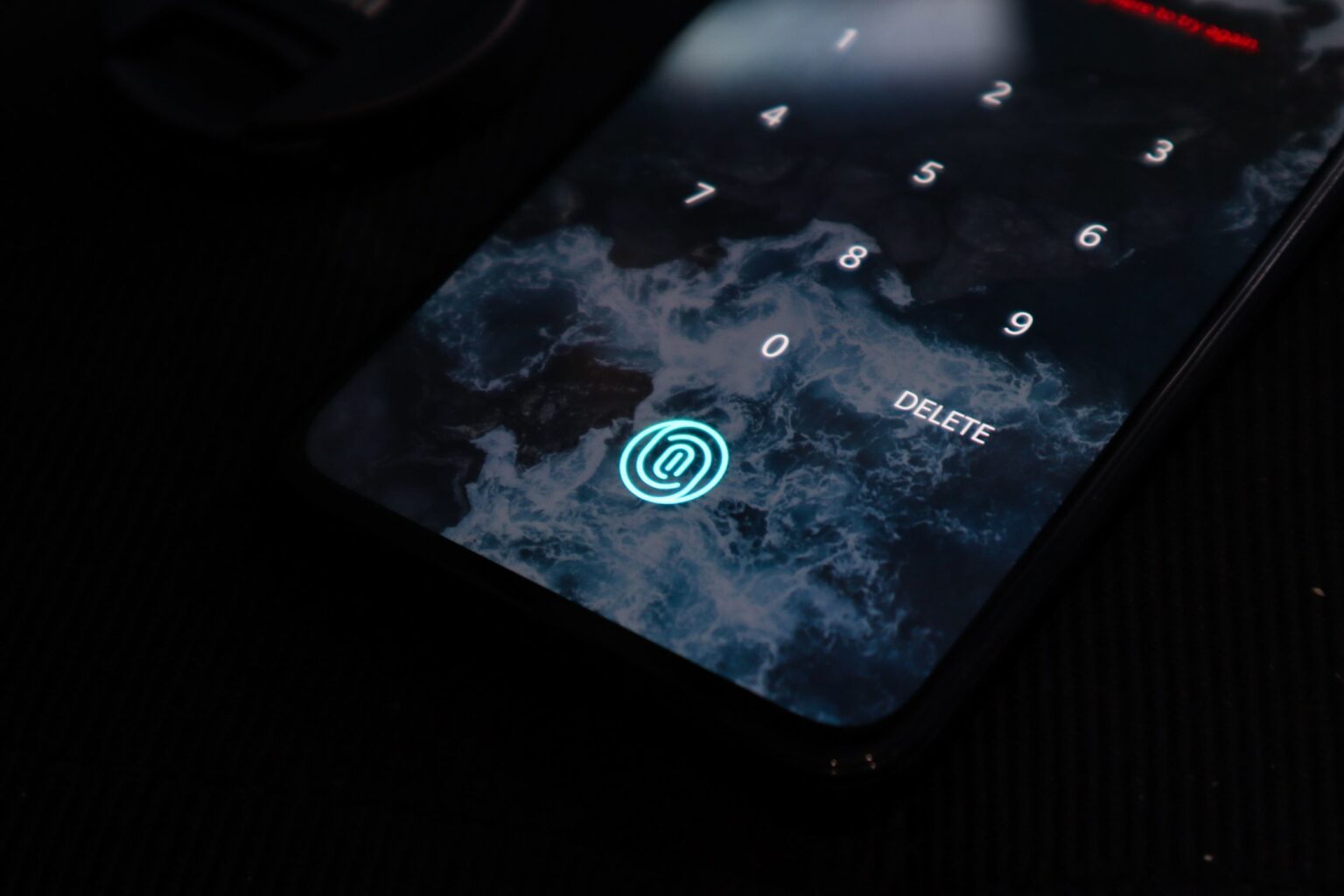Your fingerprint is created by the tiny friction ridges on the ends of your fingers and thumbs. These ridges assist in every action our hands take, whether it is gripping onto something or distinguishing different textures from each other. Your fingerprint is unique to you alone and is completely formed by the time you’re seven months old in the womb, developing according to the code in your DNA (the genetic recipe that tells your body how to develop). More importantly, unless you have accidents with your hands, your fingerprints remain the same throughout your life.
Over the past decade of smartphones, one of the clearest usability evolutions has been how we unlock our devices. We’ve moved from typing in passcodes to fingerprint scanners and, now, facial recognition, but the method most seen at the moment is the in-screen fingerprint scanner. Where fingerprints are being used to control access to something like a computer system, the chances of a random person having just the right fingerprint to gain entry are, generally speaking, too small to worry about – and much less the chance of someone guessing the right password or being able to break through a physical lock. But how exactly do these scanners work?

The different types of scanners
Fingerprint scanners capture the pattern of ridges and valleys of your finger. This information is then processed by the device’s pattern analysis/matching software, which compares it to the list of registered fingerprints on file. A successful match means that an identity has been verified, thereby granting access. The method of capturing fingerprint data depends on the type of scanner being used:
Optical sensor
These types of scanners basically make a photocopy of the finger. Many illuminate the finger to deliver a crisp contrast of lines as the light-sensitive scanner records the information to produce a digital image. Many PC-connected fingerprint scanners use optical sensors.
Capacitive sensor
Capacitive scanners use electricity to determine fingerprint patterns. As a finger rests on the touch-capacitive surface, the device measures the charge. The sensor uses all this data to accurately map out prints. Almost all smartphones with fingerprint scanners use capacitive sensors at the moment.
Ultrasonic sensor
Similar to how bats and dolphins use echolocation to find and identify objects, ultrasonic scanners work via sound waves. When you place your finger on the scanner, an ultrasonic wave is produced, which interacts with the finger’s skin and bounces back.
In other words, the ultrasonic method creates a 3D map of a digit, as compared to the flat image of the optical approach. This also means it’ll work better if your fingers are wet or dirty. This ultrasonic method also has large security implications. While, in theory, you might be able to fool an optical sensor with a photograph of a fingerprint, an ultrasonic in-screen scanner is much harder to trick. Ultrasonic sensors are the current rage, with both Samsung and Huawei using them for their flagship devices.
Fingerprint scanners have become quite a secure alternative to remembering countless usernames and passwords, and the further roll-out of secure mobile payment systems means that these scanners are likely to become a more common and crucial security tool in the future.
Now that you know how fingerprint scanning works, click here to find out more about facial recognition software.


